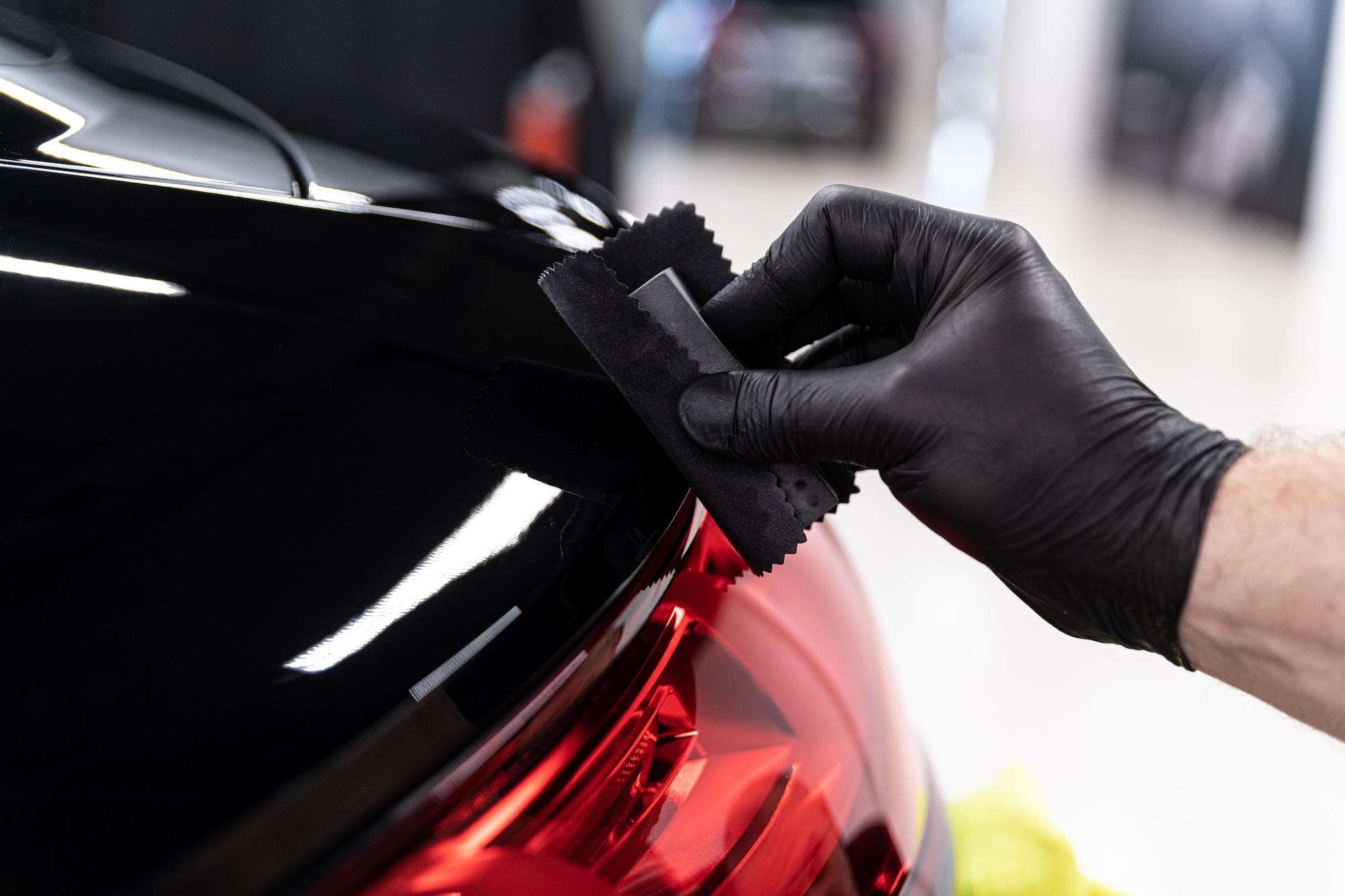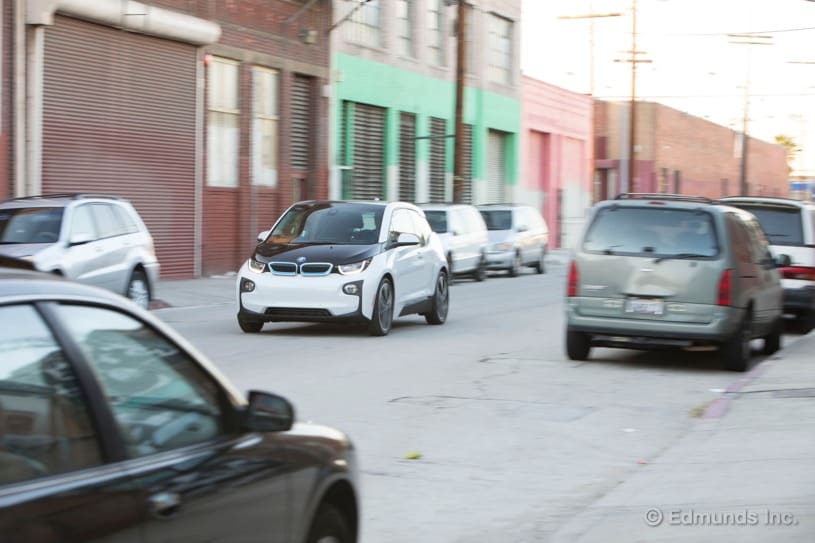Stellantis Indefinitely Idling Jeep Assembly Plant in Illinois

Stellantis will indefinitely idle its assembly plant in Belvidere, Illinois in February 2023, the Euro-American automaker announced Friday.
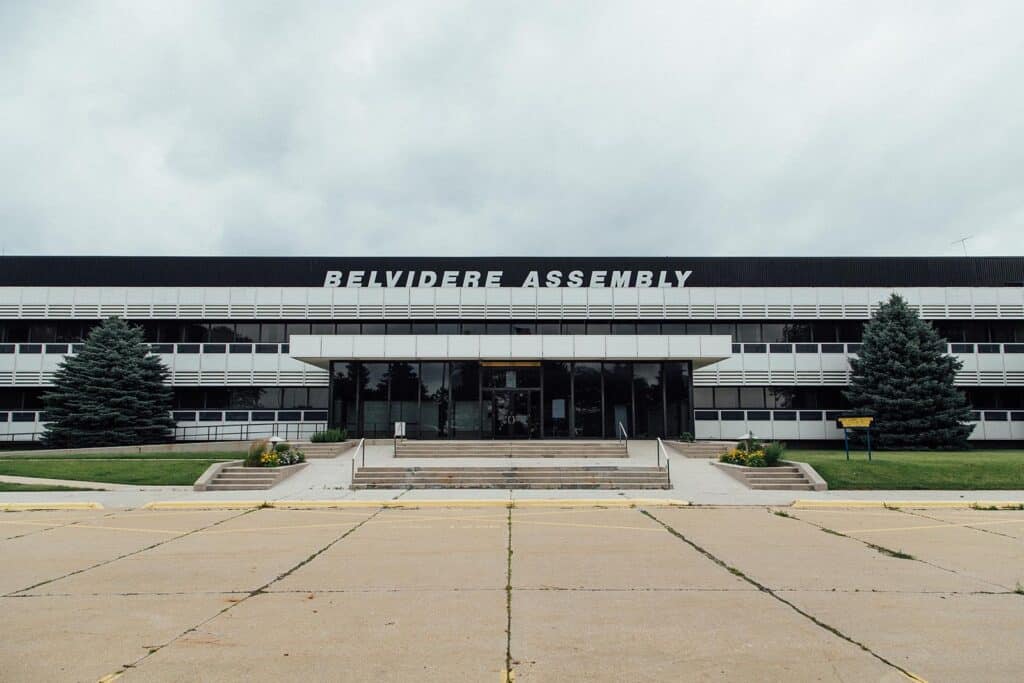
The move — which could cost the jobs of as many as 1,350 workers — was blamed on a variety of factors including the after-effects of the COVID pandemic, including shortages of critical microchips. But a statement from Stellantis put primary blame on “increasing cost(s) related to the electrification of the automotive market.”
(Jeep reveals its first all-electric model at 2022 Paris Motor Show.)
While the automaker left open the possibility that the Belvidere plant would reopen, the Stellantis statement said, “This difficult but necessary action will result in indefinite layoffs, which are expected to exceed six months and may constitute a job loss under the Worker Adjustment and Retraining Notification (WARN) Act.”
“Grossly misguided”
The company added it “will make every effort to place indefinitely laid off employees in open full-time positions as they become available.”
Under its current contract with the United Auto Workers union, Stellantis cannot permanently close a plant without reaching an agreement with the union. For its part, UAW officials expressed open anger about the Belvidere announcement, calling it a “grossly misguided” move.
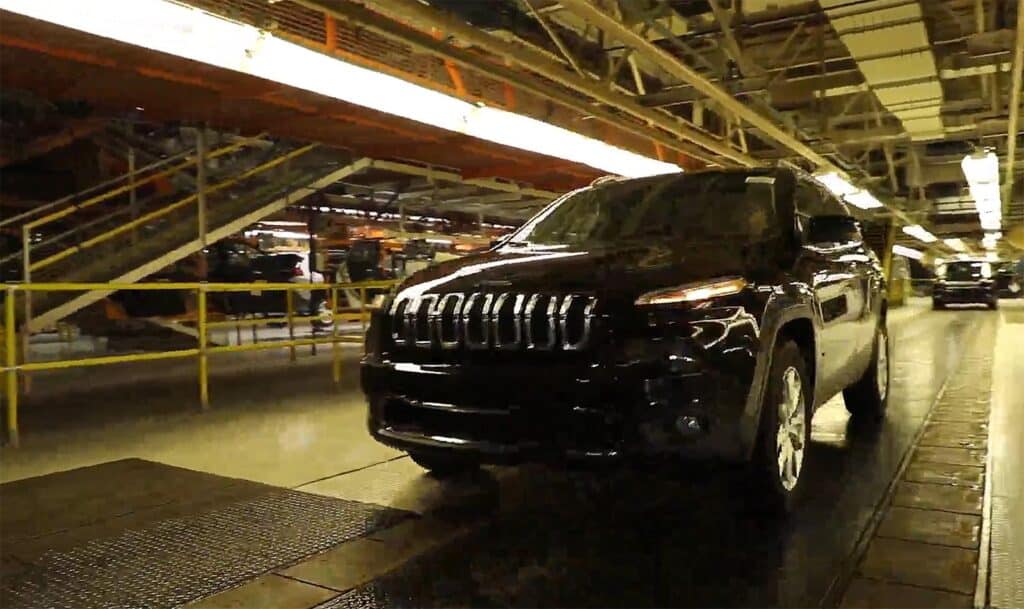
“We are all deeply angered by Stellantis’ s decision to idle the Belvidere Assembly plant without a plan for future product,” said UAW Vice President and Director of the Stellantis Department Cindy Estrada.
The Belvidere plant opened in 1965, initially producing vehicles for the Plymouth, Dodge and Chrysler brands. The automaker invested $350 million to upgrade the facility so it could begin assembling the Jeep Cherokee there in 2017.
Sliding sales
But after an update of the SUV generated an initial burst in demand, sales started cooling and, in July 2021, one of two shifts was dropped.
Jeep, as a whole, has suffered a sharp downturn during the last two years, largely due to production challenges related to the ongoing shortages of semiconductors and other components. But the Cherokee has been particularly hard hit. Demand for the compact off-roader has continued dropping and is now running at barely a quarter of the pre-pandemic pace.
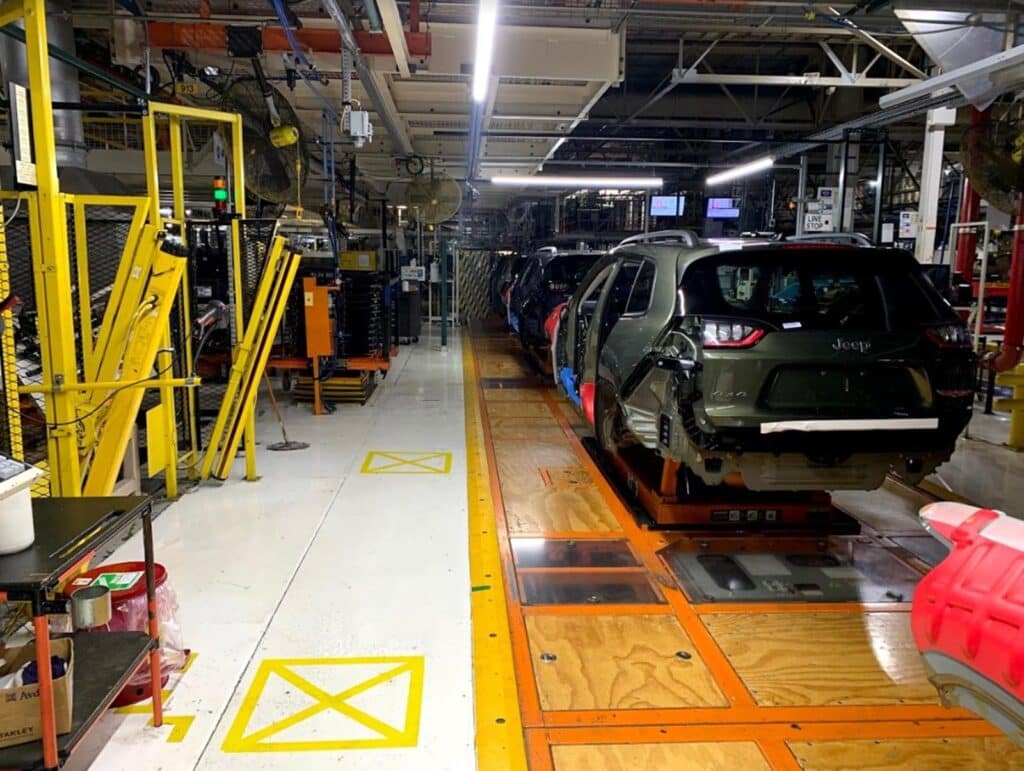
That has left the Belvidere plant operating well below the breakeven, according to industry analysts. And with Stellantis belatedly making a push to catch up to competitors in the EV market, CEO Carlos Tavares has clamped down on money-losing operations.
(Click Here for a look at November auto sales.)
An uncertain future
It was not announced whether Jeep will move production of the Cherokee to another plant, whether in the U.S. or abroad.
But UAW Vice President Estrada said in a statement that Stellantis could find ways to improve capacity utilization in Belvidere to keep the plant running. “There are many vehicle platforms imported from other countries,” she said, which could be moved to the Illinois facility.
The plant has been facing challenges for a number of years. There were repeated cuts made by the time the old Chrysler organization filed for Chapter 11 bankruptcy in 2009. The facility got another chance after the Detroit automaker merged with Italy’s Fiat, notably with the launch of the Cherokee in 2017.
Since then, however, employment has repeatedly been trimmed from a peak of almost 5,000 workers. The 25% who remain will either find work elsewhere in the Stellantis system or face the prospect of indefinite layoff come next February.
(Toyota takes a big hit from semiconductor shortage.)





